Welcome to Texture Talk, a column that celebrates and deep dives into the dynamic world of curly hair, from crowns of curls that are free flowing to strands that are tucked away in a protective style.
For Los Angeles natives Tonya Thompson and Sharie Wilson, what started as a passion project in their garage quickly turned into the DreamGirls hair salon along with a brand that surpassed $2.5 million in sales in its first year and has amassed a loyal following of over 50,000 on Instagram (@dreamgirlshair). The sister duo specializes in strengthening hair treatments designed to take the guesswork out of natural hair growth.
“The goal of DreamGirls is to break the stereotype that Black women can’t have long natural hair,” says Thompson. In 2006, she and Wilson opened their salon in Los Angeles, followed by a second location, in Sacramento, in 2008, and began their Healthy Hair Program to offer professional services for women looking to grow their hair.
In March 2020, during the pandemic, they launched their Healthy Hair Care System product line to allow women across the globe to care for their hair at home. The system not only repairs, restores and revives damaged locks but also encourages women to embrace their curls and coils by giving their textured hair some serious TLC.
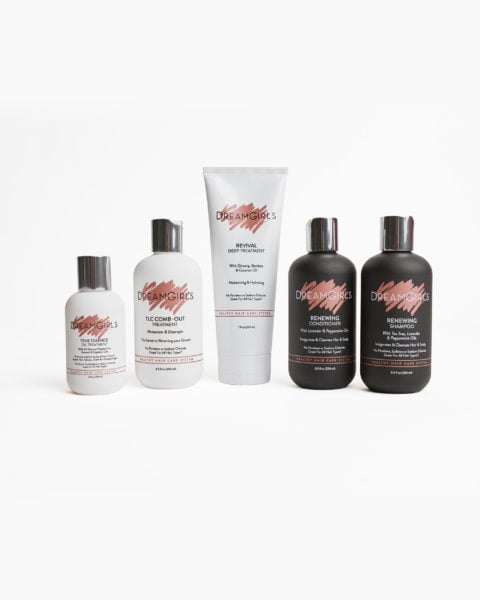
The sisters remain dedicated to teaching their customers about growing and maintaining hair. “Black women have been bombarded with stereotypes about not having any hair or being bald, forcing them to wear a weave or wig,” says Wilson. “We’ve debunked that myth through the hundreds of women who have grown their hair using our system and products.”
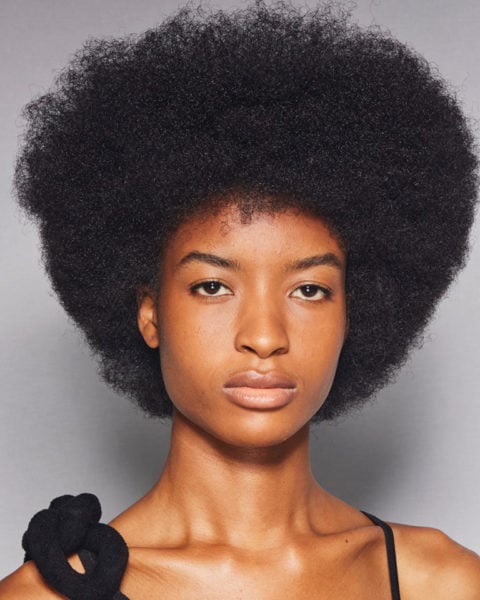
Start with a healthy scalp
“When your scalp is clean and free of any buildup, including dandruff, natural oils and excessive amounts of product, it creates an environment that promotes hair growth,” says Thompson. “Remember: The scalp is your foundation for hair growth, so it’s very important to take care of it.”
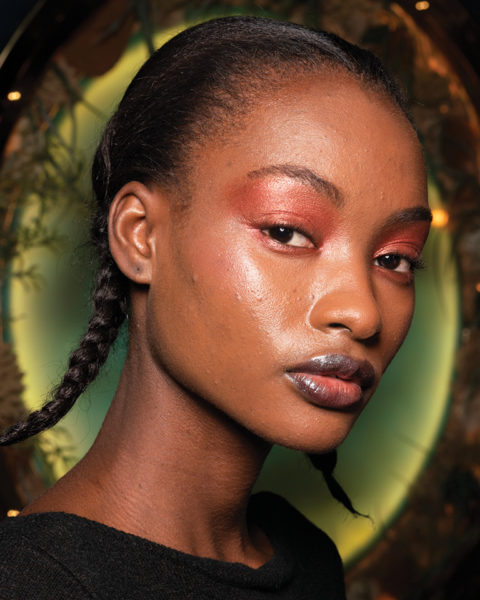
Consider your habits
Several factors can cause buildup and contribute to poor scalp health. “For example, the temperature of the water that you wash your hair with can affect its health,” says Wilson. “When the temperature is too hot, it can dry out your hair, strip it of essential oils and damage the follicles.” To get rid of buildup without causing damage, wash your hair with lukewarm water.
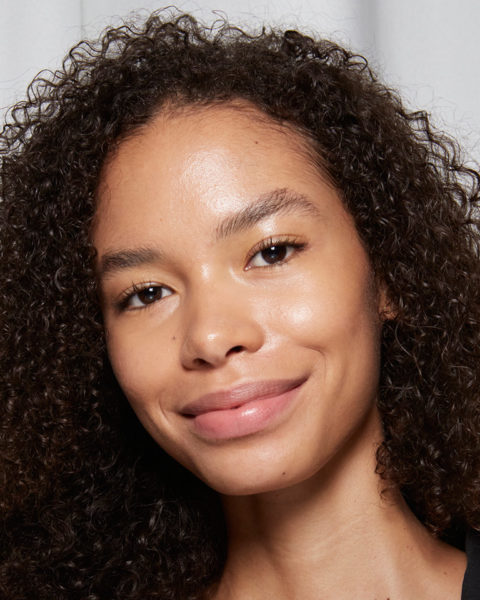
Establish a routine
Wash with shampoo and conditioner every two to three weeks, which will cleanse your hair without stripping it dry, and use a deep conditioning treatment every six weeks. The sisters also recommend following the LOC method, which is a moisturizing layering technique that consists of leave-in conditioner, oil and cream.
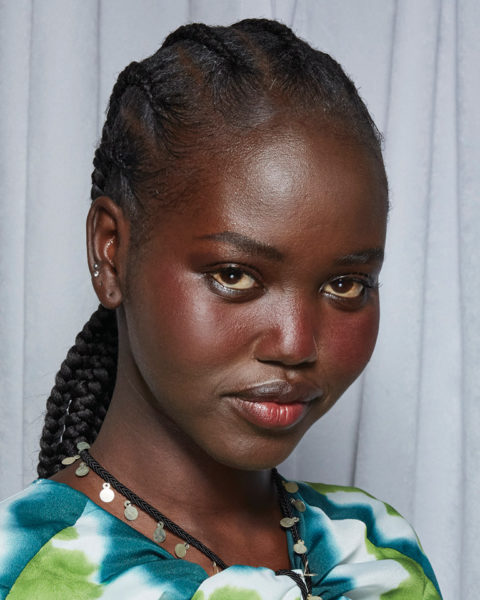
Embrace protective styles
A protective style gives hair a break from everyday wear and tear. “Weaves, buns, cornrows and twists are great hairstyle options that are easy to maintain and keep hair safely tucked away,” explains Thompson. However, make sure your protective style doesn’t pull too tightly on your scalp, especially if your scalp is on the sensitive side. “If your hair is styled too tightly, it can pull the follicles straight out of the scalp and cause sores, tension or even alopecia.”
This article first appeared in FASHION’s Winter 2022 issue.
